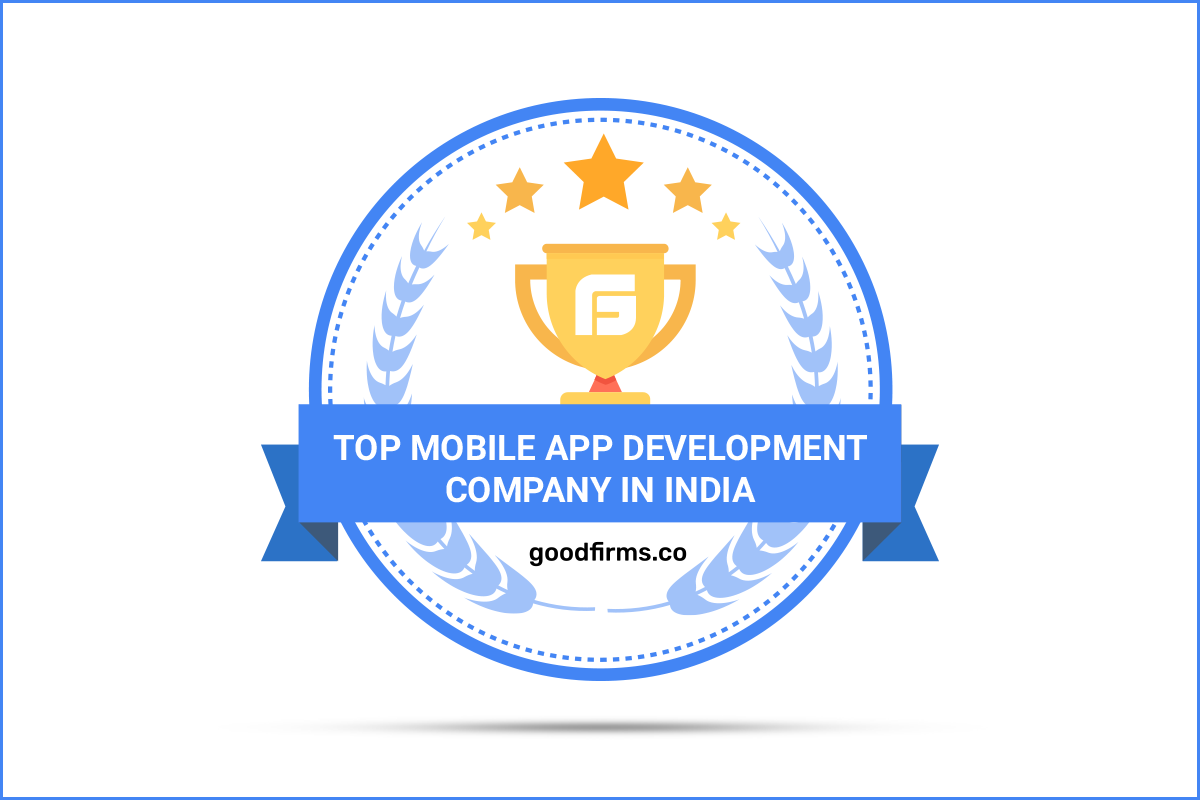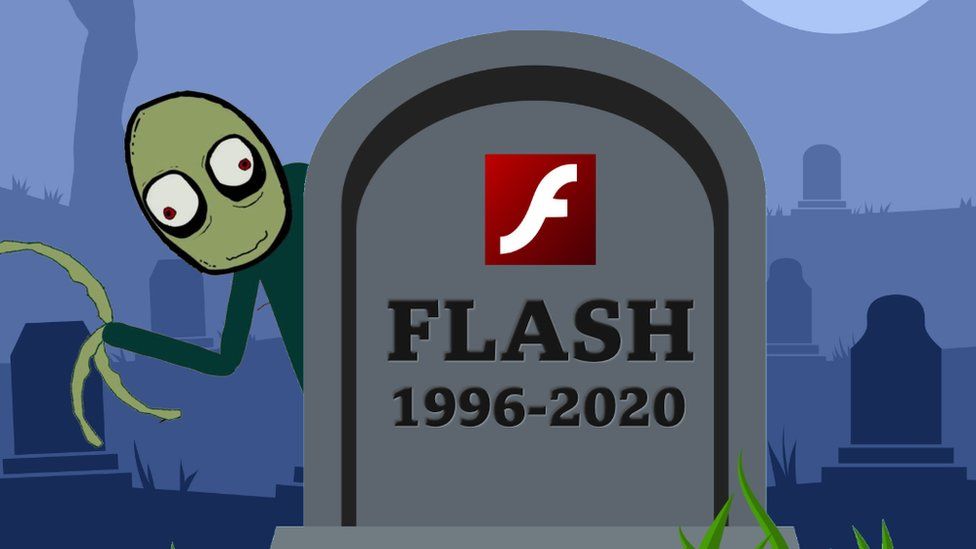
Google launched the latest version of Flutter, 2.0 on March 3 at an event called Flutter Engage. It is an open-source UI development kit that assists cross-platform developers in building cross-platform apps using a similar codebase. This upgrade has helped Google maximize Flutter features and design a new version to make a move beyond mobile to support apps wherever they belong to – the web, desktop, and increasing form factors like foldable.
Flutter 2 gives a web experience targeting browsers such as Safari, Edge, Chrome, or Firefox. You can infuse Flutter in TVs, smart homes, apparatuses, and cars, giving the most portable & pervasive experience for a surrounding computer world.
What’s New In Flutter 2?
Let’s see how it targets app developers across various platforms.
Flutter’s Desktop Support
There have been several improvements to bring Flutter desktop to high-quality, ensuring that text editing options such as native experience on every supported platform, infusing foundational features such as text selection pivot points. Google has even added an in-built context menu to the TextField widgets & TextFormField for Material design languages and Cupertino. Grab handles have also been added to the ReorderableListView widget. This widget has always been great at shifting things around with fewer efforts from a developer.
For additional desktop-specific functionality, Flutter 2 launch also enables command-line argument management for Flutter apps, so simple things like a double-click on a data file can be used for opening the file in your app.
Google has also updated docs on which developers need to prepare their desktop apps for deployment to the accurate OS-specific stores.
Flutter’s Web Support
Flutter’s web support is the greatest announcement in Flutter 2. Earlier, the web’s foundation was document-focused. But the web platform has built to circulate richer platform APIs that enable super sophisticated apps using hardware-accelerated 2D & graphics, flexible layout, and paint APIs.
Flutter’s web support builds these innovations, rendering an app-centric framework that leverages the full benefits of everything the modern web must provide.
Google added web-specific features such as text autofill, control over address bar URLs, routing and PWA manifests. They also included a Link Widget to make sure a mobile app running in the browser feels like a web app.
Conclusion
Flutter 2 is very exciting for developers and I’m waiting to make desktop and web apps.
I hope that this article has interested and helps you improve finding investors for your startup. Feel free to share this article if you liked it.





